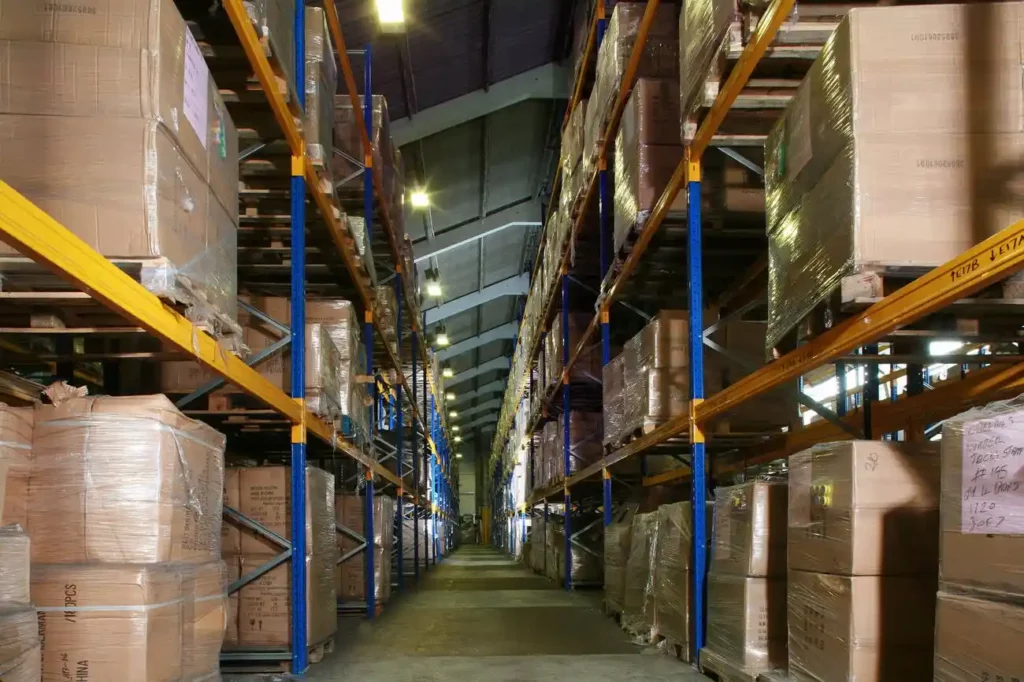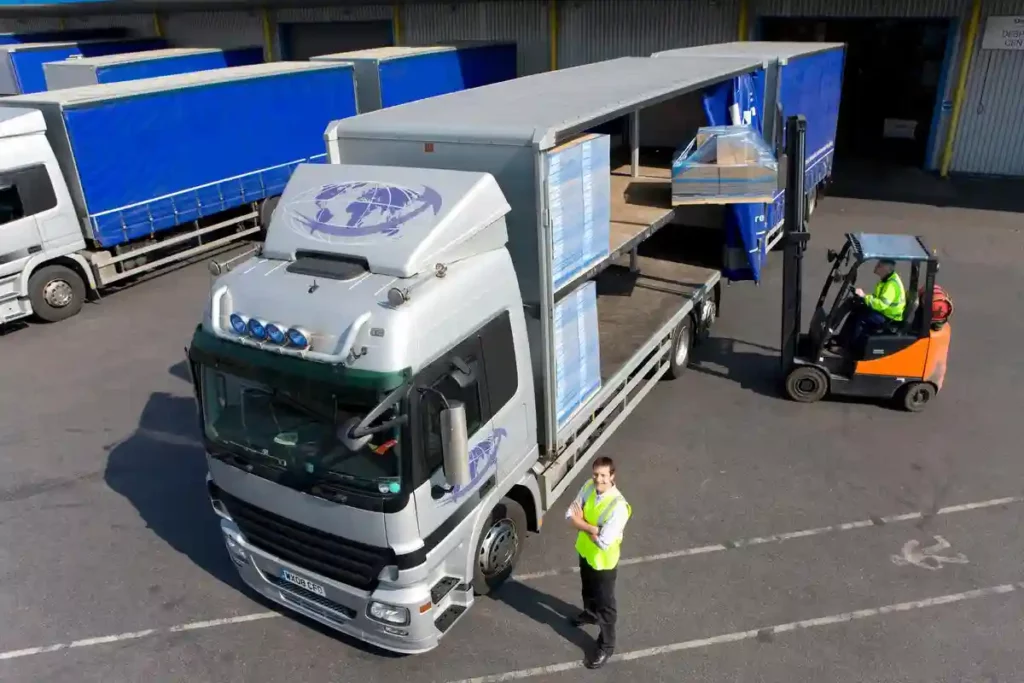Cross docking, the logistical art of transferring incoming shipments directly to outbound vehicles with minimal storage time, is known for its efficiency. It cuts down on storage costs, reduces handling time, and speeds up the transportation process. But what many don’t realize is that one specific step in this process can make or break the system’s efficiency: restacking.
So why does restacking matter so much in cross docking? The short and sweet answer is that it’s essential for optimizing space, reducing damage, and ensuring the correct organization of goods. These aspects may appear straightforward, but let’s dig deeper to appreciate their complexity and necessity.
Correct Organization of Goods
In a bustling warehouse where shipments are coming in and going out at a breakneck speed, the proper organization of goods is crucial. Restacking allows the logistics team to rearrange incoming shipments in an order that makes the most sense for the next leg of the journey.
This reorganization ensures that the right products get to the right place at the right time, significantly reducing the risk of errors and mix-ups.
Minimizing Damage
Products differ in size, weight, and fragility. Placing heavier products atop lighter ones, or stacking fragile items without proper support, is a recipe for disaster. Restacking provides an opportunity to rectify such stacking errors, minimizing the risk of product damage.
In this way, restacking ensures that products not only reach their destination on time but also in excellent condition.
Efficient Use of Vehicle Space
Imagine trying to fit a jigsaw puzzle together but ignoring the shape of each piece; the end result would be a mess. Similarly, loading a truck without considering how each shipment fits can result in wasted space and, consequently, wasted fuel.
Through restacking, goods are rearranged to maximize the available space, enabling more products to fit into each vehicle. This efficiency can lead to fewer trips and lower fuel costs, providing economic as well as environmental benefits.
Compliance and Safety
Transporting goods is not just about space and speed; it’s also about adhering to various safety regulations. Many products, especially in the food and pharmaceutical sectors, have specific requirements for how they should be stacked and transported.
Restacking allows these guidelines to be met meticulously, ensuring both safety and compliance.
Tips for Effective Restacking in Cross Docking
- Assess Shipments Early: The sooner you can assess incoming shipments, the better prepared you will be for efficient restacking.
- Use Proper Equipment: Tools like forklifts and pallet jacks can greatly enhance the speed and accuracy of restacking.
- Employee Training: Well-trained staff can make a huge difference in the effectiveness of restacking. Invest in employee training for best practices in handling various types of goods.
- Implement Technology: Software that tracks inventory and space utilization can aid in planning and executing a restacking strategy.
- Follow Safety Guidelines: Always adhere to industry and legal safety standards to ensure both compliance and the well-being of your staff.
- Continuous Improvement: Regularly review your restacking processes and look for opportunities to improve efficiency or reduce potential for damage.

The High Costs of Overlooking Restacking in Cross Docking
While the advantages of effective restacking are many, the repercussions of neglecting this crucial step are equally significant.
Delayed Shipments
At the heart of Cross Dock Services is the principle of quick turnaround. Shipments arrive and depart with minimal delays to ensure that goods are consistently on the move. However, without proper restacking, this seamless flow grinds to a halt. Mismanaged and poorly organized goods can severely slow down the loading and unloading processes.
In some cases, entire shipments may need to be restacked manually, leading to significant delays. These delays can have a cascading effect on all downstream operations, throwing off scheduled delivery times and disrupting supply chain coordination.
Increased Costs
Cost-effectiveness is one of the key selling points of cross docking, but poor restacking can erode these financial benefits. When goods are not optimally stacked, the utilization of vehicle space suffers, often necessitating additional trips to move the same amount of goods.
Each extra trip not only inflates fuel costs but also adds wear and tear on transportation assets, increases labor hours, and lengthens delivery times. Over time, these increased operational costs can outweigh the savings achieved through cross docking, making it a less viable logistical strategy.
Regulatory Risks
Restacking is not just about efficiency; it’s also about compliance. Various industries, such as food and pharmaceuticals, have stringent safety regulations governing how products should be stored and transported.
Failing to restack goods in a manner compliant with these guidelines can lead to severe consequences. Non-compliance can result in hefty fines, legal challenges, or even the revocation of business licenses. Moreover, safety lapses can lead to reputational damage that can take years to repair.
Elevate Your Cross Docking Efficiency with Mile High Delivery & Cold Storage
Restacking is not just a step in cross docking; it is the linchpin that holds the entire operation together. By focusing on proper organization, minimizing damage, efficient use of space, and adhering to safety guidelines, restacking sets the stage for a smooth and efficient logistics operation.
If you’re in need of a trusted partner who understands the critical role of restacking in cross docking, consider Mile High Delivery & Cold Storage. We specialize in delivering shipments, freight, and products in bulk from one point to another. Contact us today for a free quote!

